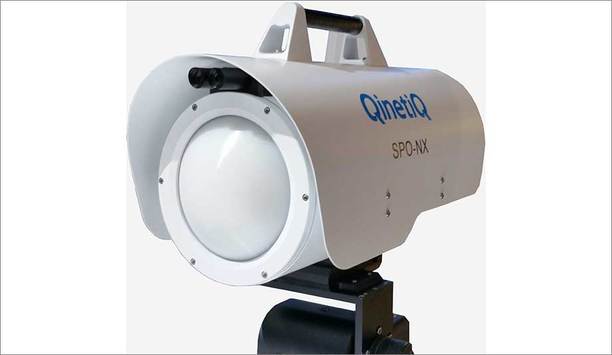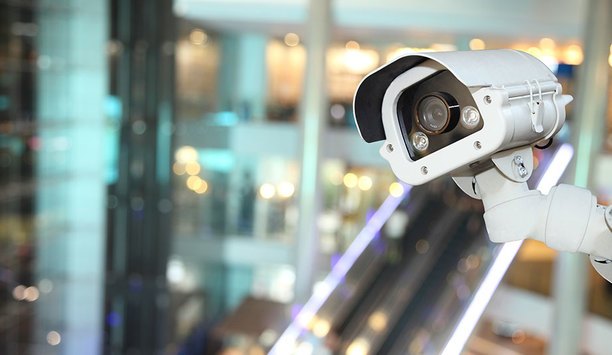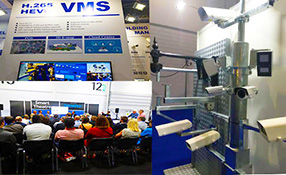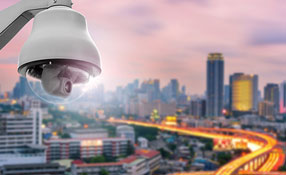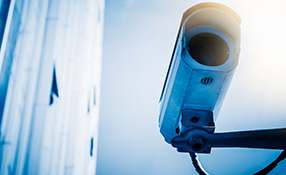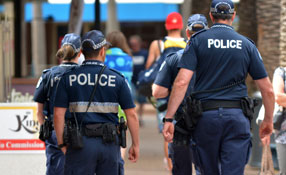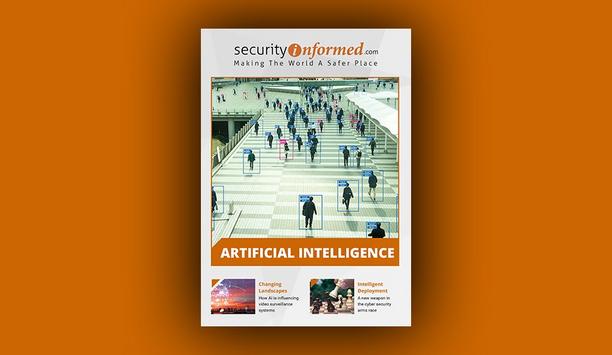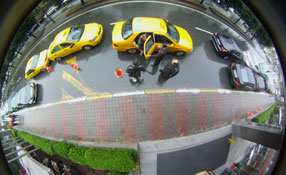![The number one challenge with existing surveillance systems today is the difficulty to monitor and [oversee] all cameras](https://www.sourcesecurity.com/img/moreimages/Expert_commentary_May_16/Video-analytics-460x270.jpg) |
| The report says almost 50% of the public transport organizations are willing to broaden the type of video analytics used |
A detailed survey of public transport operators shows a growing demand for networked/IP systems and video analytics to help cope with the requirements of large surveillance systems. The report, Video Surveillance in Public Transport, published by the international public transport association UITP and Axis Communications, is based on 74 respondents across 30 countries, most of whom are public transport operators or transport authorities. They cover a variety of modes of transport including bus, trolleybus, light rail, tram, metro, commuter rail, mainline rail and ferry.
The Future Belongs To IP, But Analog Still Feels Good
Almost all those responding to the report – 97 percent – have video surveillance installed. Around two-thirds (67 percent) have IP cameras as part of their surveillance systems with 53 percent having a hybrid IP/analog system.
Some 74 percent of those responding have investment plans for their surveillance systems, with 85 percent saying they will consider network/IP cameras.
“This clearly shows a preference for network cameras for the future,” the report says. “However, it is important to note that legacy analog cameras will clearly still have an important presence in public transport systems for the foreseeable future.”
Huge Crowds Attract CCTV Installations
Cameras are predominantly installed at stations (81 percent), on board rolling stock (76 percent) and at depots and rail yards (70 percent). Video in stations, on rolling stock and at depots is very often recorded (73 percent, 72 percent and 57 per cent respectively) with video being stored for a determined period of time. Cameras are often found in areas with high passenger volumes such as public station areas (75 percent) and on platforms (64 percent). They are also found in key areas such as ticket gates, help points and escalators (each 47 percent) and in elevators (40 per cent).
Cameras can also be found, although to a lesser extent, at non-public areas of the infrastructure such as crossings (32 percent), along the infrastructure (24 percent), inside tunnels (19 percent) and at bridges (7 percent), although not all respondents have tunnels or bridges as part of their assets. Fewer still are video recordings made at these infrastructure sites.
More than half of respondents (53 percent) say that video surveillance would be installed on rolling stock in the next 12 months – suggesting that onboard cameras will become more common.
 |
| Real-time usage with analytics is on the rise as public transport systems seek to react to security events as and when they happen |
Static Locations Call For Real-Time Surveillance
Real-time monitoring of video is higher in static locations – for example 72 percent in stations – than is the case for real-time surveillance of rolling stock (27 percent). Looking ahead, around a quarter (26 percent) plan to increase their use of real-time video, with around the same number not using real-time monitoring at all.
In terms of the lifecycle of an incident, using video footage for investigations into crime, injury, suicide, accidents and so on is rated as the most valuable use of cameras by 86 percent, while detection of incidents in real-time is around 72 percent.
Legal And Regulatory Requirements
The legal landscape for video surveillance varies considerably from country to country. In the survey, 38 percent of respondents reported that surveillance monitoring is a legal requirement. For those for whom it is not a legal requirement, surveillance may still be regulated when used in different ways.
In terms of video recording, all the respondents said that recording is allowed but almost all of them (41 percent) are subject to additional regulation such as limited storage time – ranging from 48 hours to 100 days – recording certain areas only at 13 percent, police use only (11 percent) and other regulations (34 percent).
For 67 percent of respondents, the quality of video used as evidence in court is regulated in some way, either by law or police guidelines. Different standards exist in different parts of the world in terms of the quality of images for court use. Regulations are also in place aimed at protecting the privacy of the public and this is seen as essential in many cultures for systems to be accepted.
Reasons Given By Train Operators For Installing Surveillance Cameras Include:
- Increasing security and safety for staff (81 percent)
- Minimizing, deterring and managing various types of criminality (78 percent)
- Assisting investigations of crime, injury, suicide, accidents and other medical emergencies (70 percent)
- Increased perceived security and staff safety (69 percent)
- Meeting legal requirements and policies of directives (16 percent)
- Being prepared for possible terrorism (16 percent)
- Reducing fare evasions (11 percent)
The greatest challenge for rail operators is the difficulty in monitoring the large numbers of cameras in public transport surveillance systems (43 percent), poor image quality (27 percent), technical issues (23 percent), and the fact that systems can be resource intensive and require special skills (20 percent). In terms of image quality, it is interesting to note that 55 percent of respondents with analog systems said poor image quality is a problem, compared to only 17 percent with network/IP systems. But, the report says, this figure is not statistically sound because of too few responses from users of IP-only networks.
 |
| Video analytics in use include intrusion detection, perimeter protection, rail track access detection, and fire/smoke detection |
Key Role Of Video Analytics
Awareness of the types of video analytics available ranges from loitering detection (36 percent), tailgating detection (40 percent) and aggression detection (40 percent) to facial recognition, perimeter detection and intrusion detection – all at 79 percent of respondents. In terms of actual use of video analytics, intrusion detection tops the table at 25 percent, followed by perimeter protection (20 percent), rail track access detection (16 percent), and fire/smoke detection (12 percent). Between 30 percent and 64 percent of respondents were interested in using video analytics in the future, depending on the type of analytics.
The report concludes: “The number one challenge with existing surveillance systems today is the difficulty to monitor and [oversee] all cameras. Surveillance systems are made up of, on average, thousands of cameras in public transport networks.
“To address the key challenge of monitoring and [monitoring] the large amount of cameras – and further adding value to the detection phase of incidents – approximately half of the public transport organizations say they will broaden the type of video analytics used.”
The Report Goes On To Say:
- There is a clear tendency towards network/IP cameras in terms of future investment, in particular up-and-coming analytics applications for specific issues such as graffiti behavior detection.
- On the other hand, legacy analog cameras will continue to have an important presence in public transport systems for the foreseeable future.
- Real-time usage with analytics is also on the rise as public transport systems seek to react to security events as and when they happen, with alerts guiding the operators rather than the impossible task of coping with hundreds of live feeds.
Commenting on the report’s findings, Patrik Anderson, Director of Business Development, Transportation at Axis Communications – co-authors of the report – told SourceSecurity.com:
“We can see that many public transport operators utilize video surveillance for more than just recorded evidence and investigations after incidents have occurred. Modern IP-video systems offer real-time possibilities that are increasingly being used to manage incidents live as they occur, to detect, prioritise and respond correctly. There is also a high awareness of video analytics and the…interest to use video analytics [in the future] is very broad amongst the operators and transit authorities.”


